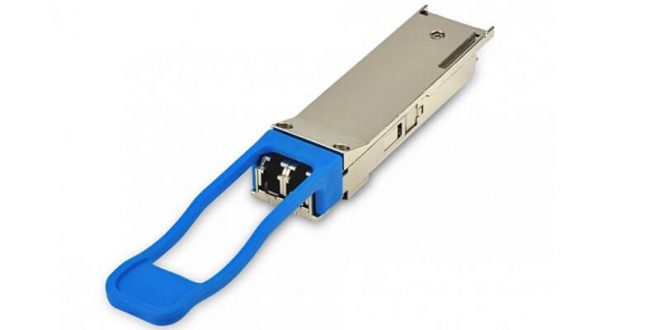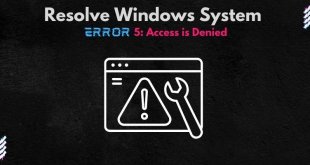When it comes to 40G transceivers, there are many different types available on the market. Which one is right for your network setup? As your partners in IT procurement, we are here to provide a series of cost-effective transceivers to meet your various network demands. And also Introduction of qsfp transceiver. Let’s take a look at them.
What is qsfp transceiver?
The QSFP+ transceiver module is compliant with both the SFF-8436 and the QSFP Multi-source Agreement (MSA). The SFF-8436 standard defines the mechanical, electrical, and optical interfaces for the QSFP+ module. The QSFP MSA is an industry agreement that defines a common form factor for quad small form-factor pluggable (QSFP) modules. These modules allow four independent transmissions or receive of optical signals using a single connector. Several companies offer compatible QSFP modules, which makes it possible to mix and match products from different vendors in the same system.
Qsfp+ offers many benefits over other types of transceivers, such as its small size, low power consumption, and high port density./r/rThe main advantage of using qsfp instead of sfp+ is increased port density./r/rqsfp also offers some advantages over other form factors such as x2 and x4./r/rSome of the advantages of qsfp over x2 include:
- Higher port density – up to 4x10GE or 16x1GE ports in a single device
- Lower cost per port
- Reduced cabling requirements
Typical Types of QSFP Transceivers
There are several different types of QSFP transceivers available on the market, each designed for a specific purpose. There are many optical module manufacturers that can produce and sell, third-party and OEM manufacturers, and you need to choose according to your budget. The most commonly used QSFP transceiver is the 40GBASE-SR4, designed for short-distance data transmission. This transceiver uses multimode fibers and has a link length of up to 100m over OM3 cable and 150m over OM4 cable. The 40GBASE-SR4 module has four transmit and four receive lanes of 10G, which allows it to achieve a combined 40G data rate.
Another popular QSFP transceiver is the 40GBASE-LR4, designed for long-distance data transmission. This transceiver has a link length of up to 10km over single-mode fiber cable with duplex LC connectors. The 40GBASE-LR4 multiplexes the four sending lanes onto one fiber strand and the four receiving lanes onto another single fiber strand. For even longer distance transmission, the 40GBASE-ER4 module can be used. This transceiver has a link length of up to 40km over single-mode fiber with duplex LC connectors.
The 40GBASE-BiDi module is another type of QSFP transceiver, designed for long-distance data transmission. This transceiver uses two strands of single-mode fiber for transmitting and receiving data and has a link length of up to 10km.
The working principle of 40GBASE-ER4 is the same as that of QSFP-40G-LR4, but it adopts a DFB laser and APD receiver, and the transmission distance reaches 40km. It is very suitable for the interconnection of various regional data rooms in the city.
Best 40g qsfp transceiver manufacturer
QSFPTEK is a leading manufacturer of 40g qsfp transceivers. Usage of their products is boundless in a variety of applications, including data centers, enterprise networks, and telecommunications. Designing the Qsfptek’s transceivers is for meeting the highest standards of quality and performance. Their products are backed by a team of experts who are committed to providing the best possible customer service. Qsfptek is a reliable partner for any business that needs reliable, high-quality transceivers.
 free html design Free html design templates
free html design Free html design templates






